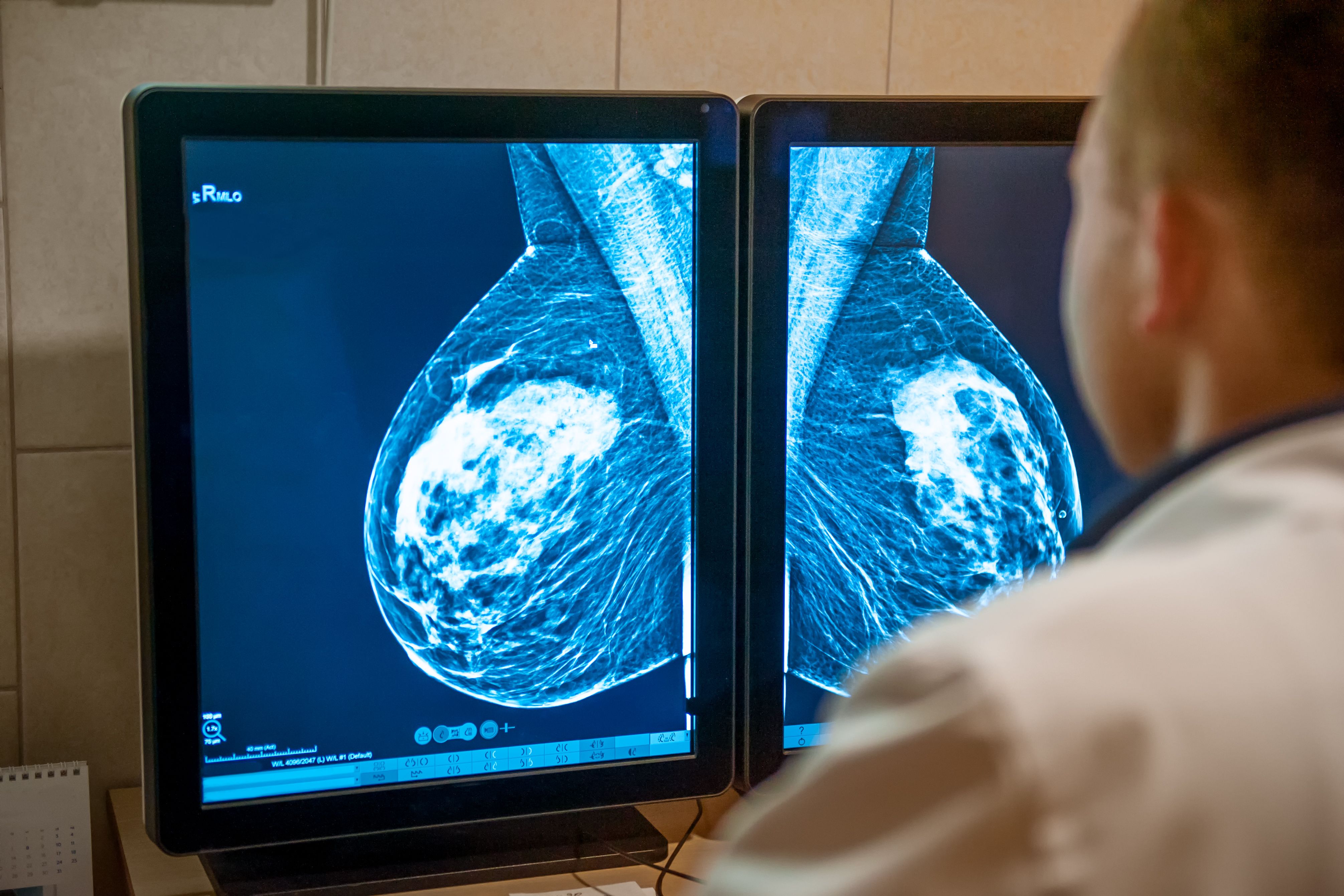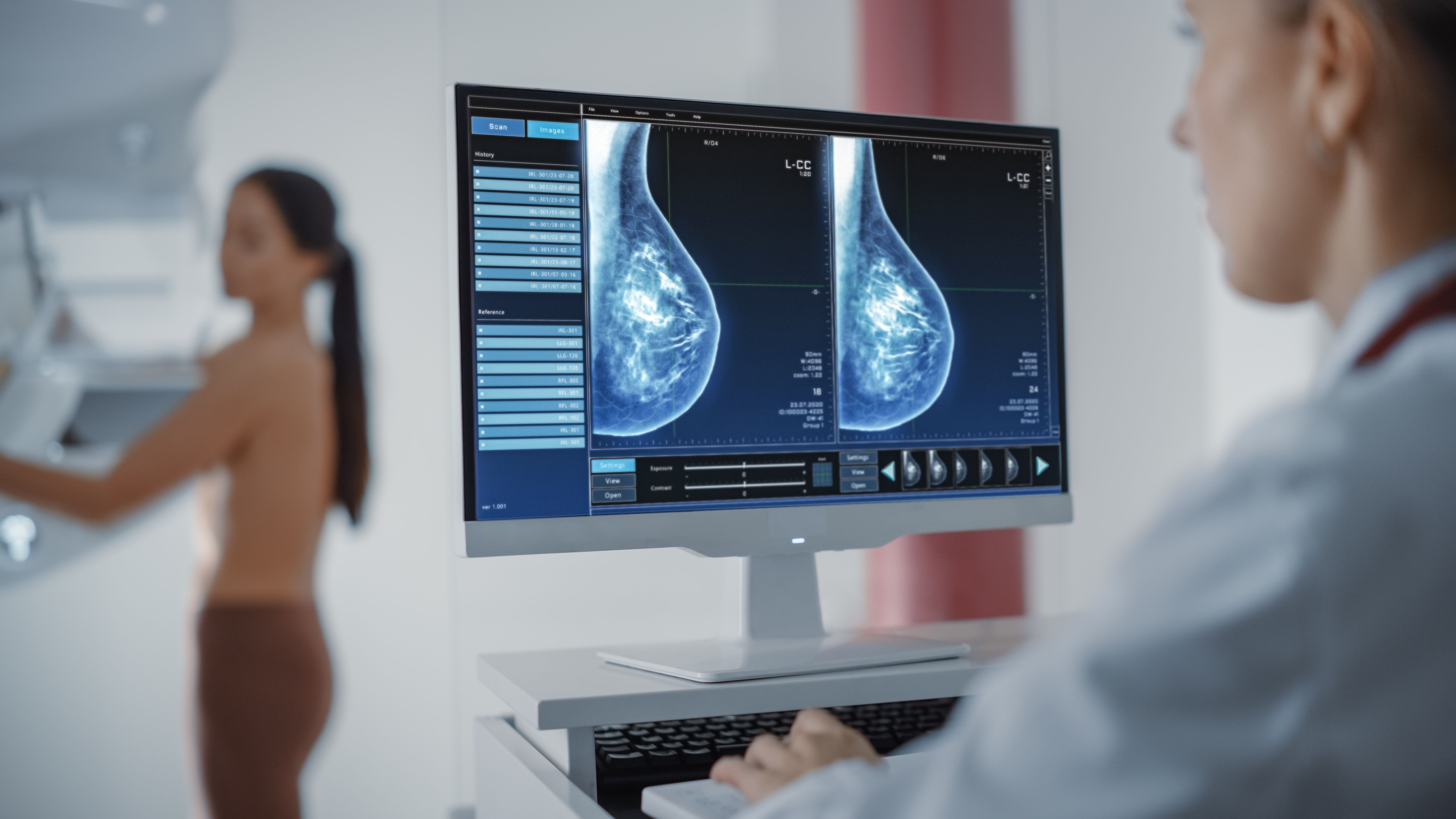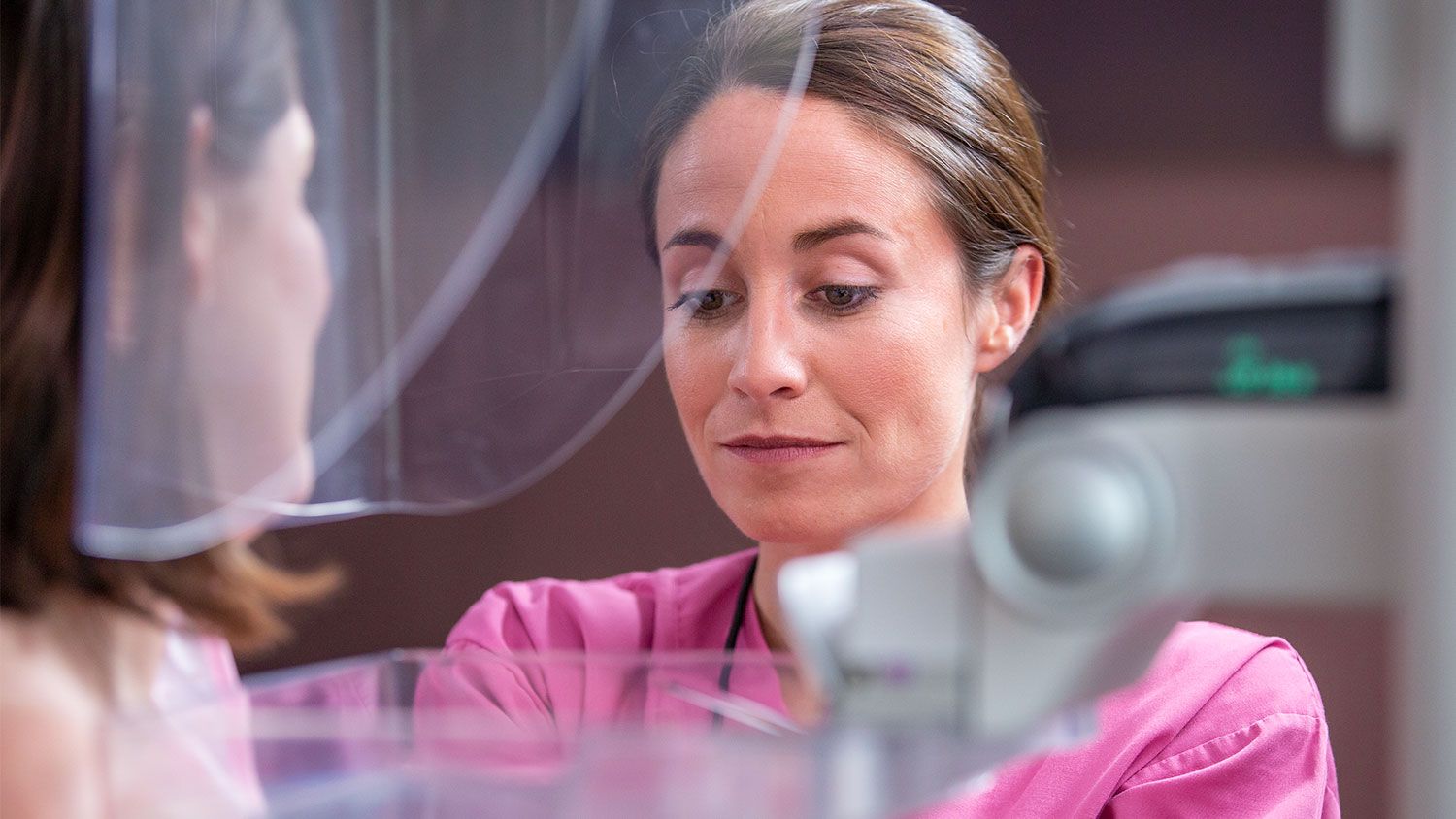
Breast Imaging
Latest News
Latest Videos

CME Content
More News
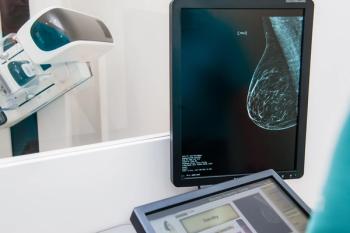
A recently published study evaluated nearly 30,000 patients and found about 5% of Black and White women have the same genetic mutations that are associated with an increased risk of breast cancer.
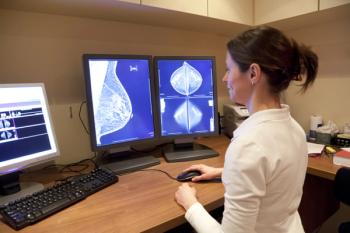
Study shows implementing the newly cleared software can slightly improve sensitivity and false negatives.
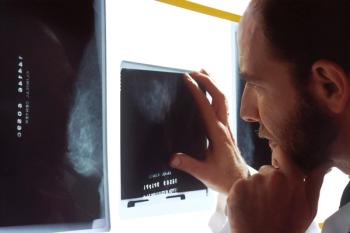
Women with ductal carcinoma in situ (DCIS) may experience higher risk of developing invasive breast cancer (IBC) and of death from breast cancer than the general population, according to new research.

New research shows that, in postmenopausal women undergoing hormone therapy for breast cancer, aromatase inhibitors (AIs) lead to a reduction in climacteric symptoms and significantly improved quality of life.

Currently, 38 states and the District of Columbia have enacted dense breast notification (DBN) laws mandating that mammogram results include language informing women of risks related to dense breasts.

The proposed changes address mammographic technology, enhancing quality standards, and improving the way results of screening are handled throughout the healthcare system.
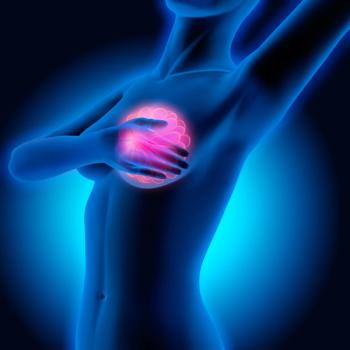
A recent study aimed to quantify the effectiveness of improvements in screening and treatment.
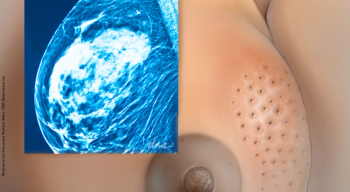
Mammography is just one tool that ob/gyns should be using for breast cancer prevention and risk stratification.

Babies born preterm are known to be at risk of alterations in brain structure and connectivity, but new research shows exposure to breastmilk may have cognitive benefits. PLUS: What’s behind postpartum opioid prescribing patterns? ALSO: How valuable is a second opinion for breast cancer diagnosis?

Mammography is sufficient to predict breast cancer risk in women aged ≥ 60, but in younger women, combining mammography and genetic testing improves the assessment, according to a retrospective case-control study

While obesity has been shown to have a strong correlation with an increased risk of breast cancer in postmenopausal women, the results from a large-scale, multicenter analysis show that the inverse may actually be true for younger women. PLUS: Women with denser breast tissue have higher recall and biopsy rates and increased odds of screen-detected and interval breast cancer, according to a recent study.
